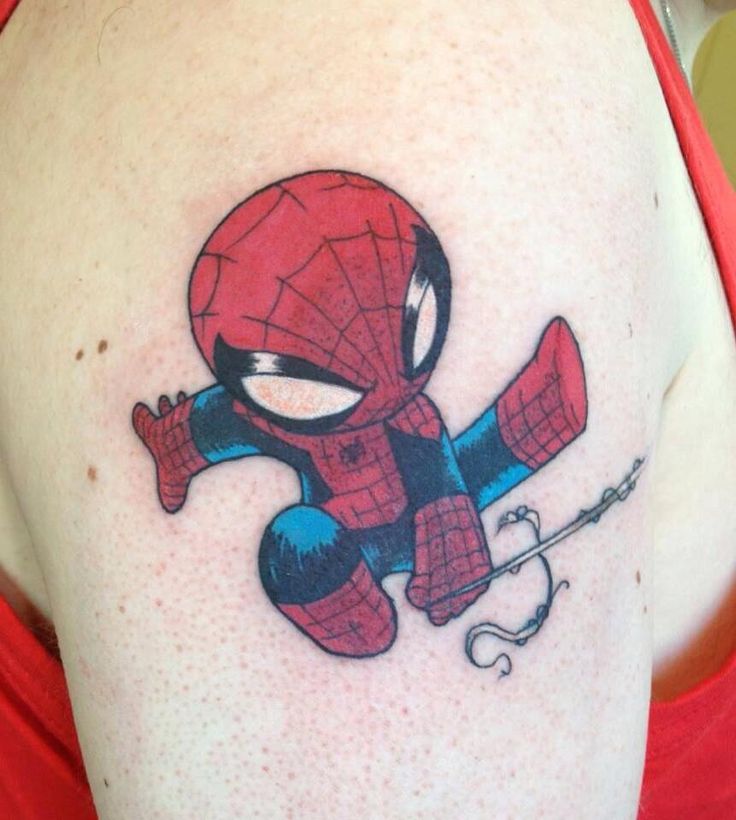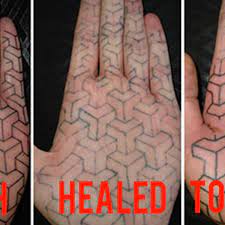
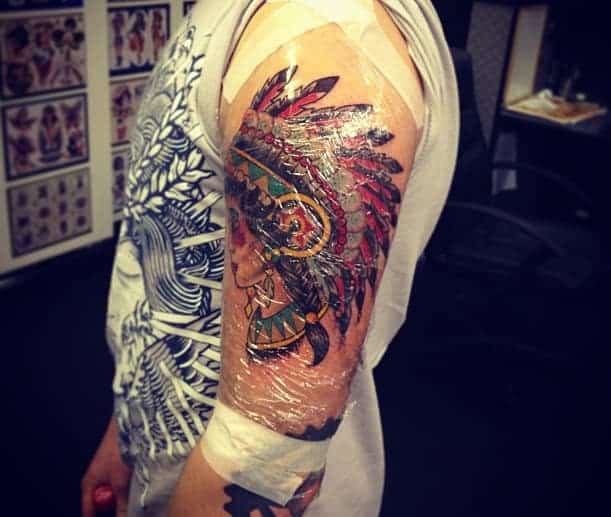
TattoosTattoosHow to Maintain Vibrance After Getting a Color Tattoo
After getting a colored tattoo, the first few days can be unnerving as your body works to heal it. Redness, oozing, or burning may occur as it heals – be aware that these are normal responses! It’s normal and indicates new skin cell formation; continue hydrating!
Undertones
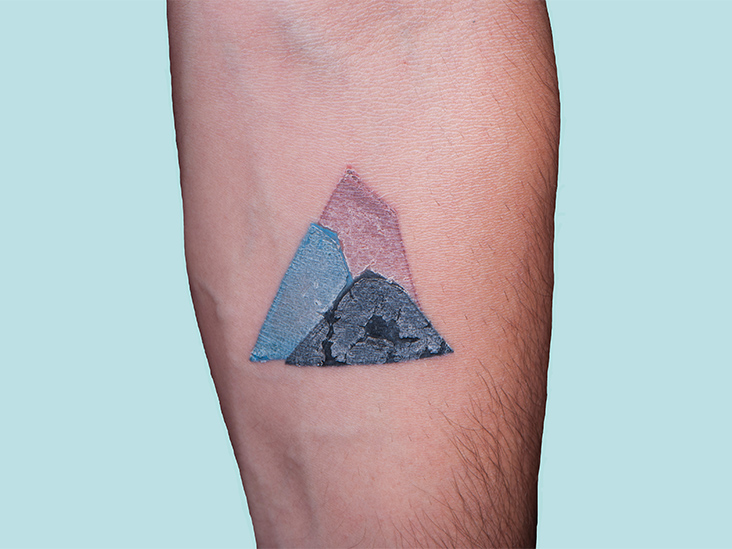
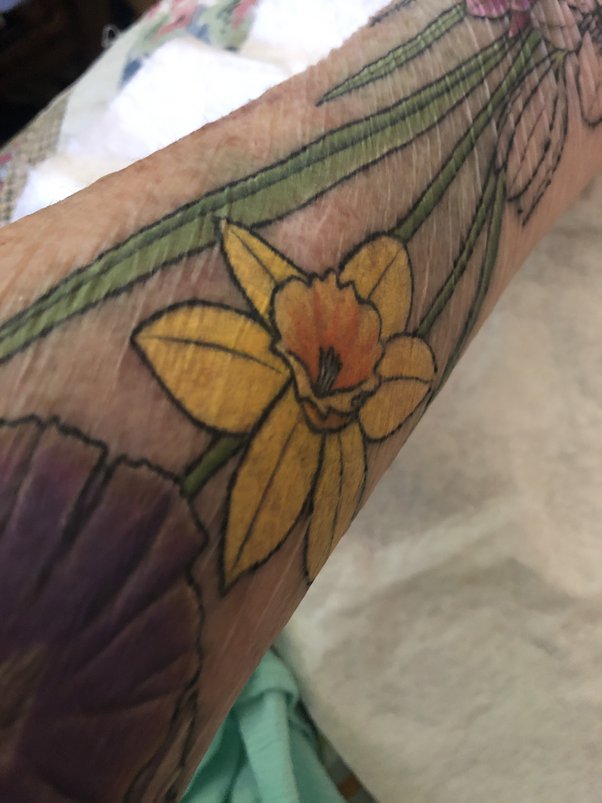
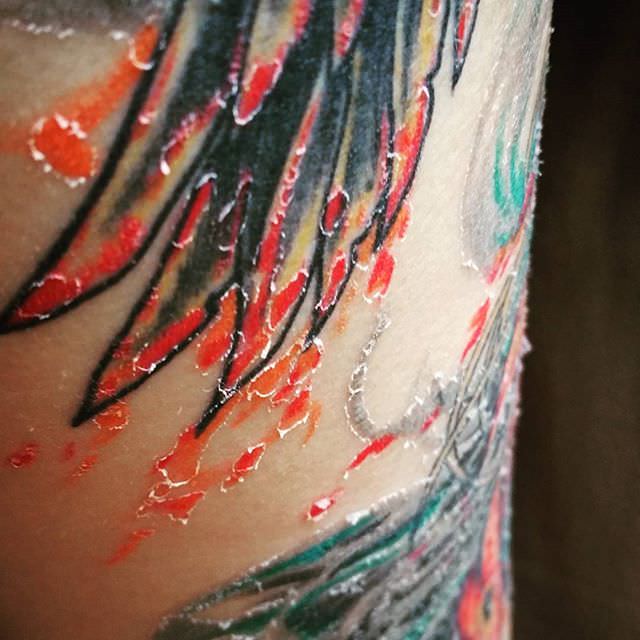
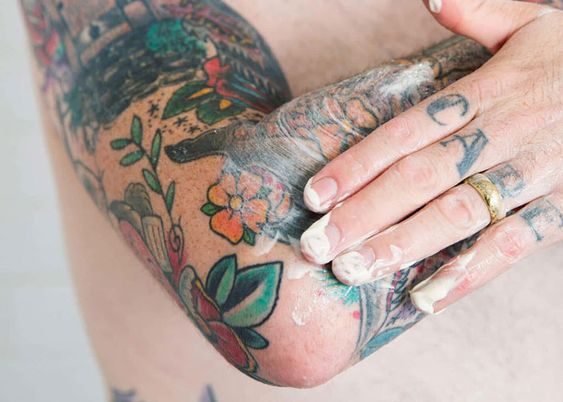
Color Tattoos typically take longer to heal than black and grey ones due to an artist needing to cover every inch of skin with ink, potentially irritating it and leading to more damaged cells, leading to further skin inflammation resulting in blisters or even scabbing.
Selecting the ideal pigment shade requires understanding which undertones will emerge after healing. This knowledge can help you choose a color palette tailored for each client based on skin tone and undertone. It is also critical for an artist to understand how colors interact with natural hair, eyes, and other colors in their body art. Mastering tattoo color theory enables them to predict what a pigmented shade will look like once healed and its interactions with their client’s skin tone and undertones – using the color wheel can be constructive in understanding these interactions.
Skin tone
Melanin levels in the skin play an essential part in tattoo healing. Melanin acts as a filter, dispersing colors from your tattoo and potentially changing its hue after it heals. Therefore, artists must select colors that match their skin tone closely while offering enough contrast once healed.
Scientists are making great efforts to comprehend how tattoo ink absorbs into our skin. According to them, most ink goes directly into cells in the top layer of the epidermis, where its presence will last approximately 30-40 days before flaking off again. That means a fresh tattoo could look one way, while six months later, the healed version could look quite different – this is why it is vitally essential when viewing an artist’s portfolio to request photos with healed designs.
Lifestyle
Scabbing should begin to fade around 14 days post-tattooing, and itching should decrease significantly. It’s essential not to pick at or pick at scabs as this will delay and disrupt the healing process, and instead, use a fragrance-free moisturizer such as Dove Mild Moisturizer to keep the skin nourished and healthy. Avoid activities that cause excessive sweating, as this could also prolong healing, and anything that irritates, like tight clothing or saunas, to ensure fast healing times and total health during the healing process.
Maintain a daily skincare regimen consisting of mild, fragrance-free soap and lukewarm water to wash the tattoo, without using harsh scrubs or exfoliators, showering for too long (patting dry immediately with a paper towel), keeping out of direct sunlight, drinking plenty of water, and eating a nutritious diet, while not smoking or drinking alcohol as these actions can inhibit blood flow to help the healing process and may decrease its efficacy.
Aftercare
Aftercare of color Tattoos is essential in maintaining their vibrancy and fresh appearance. Washing them twice daily with antibacterial soap and applying non-fragranced tattoo ointment/lotion helps keep the skin clean, prevent infection, reduce itching, and help avoid itching altogether. Products made of petroleum, such as Vaseline, should be avoided as these will trap moisture on the top of the skin surface while restricting airflow necessary for healing.
After one week, it is normal and part of the healing process for colored Tattoos to experience flaking or peeling at their top layer. Be careful not to pick at these scabs, as doing so may result in scarring and delay their healing process. At this stage, it’s best to refrain from vigorous exercise as sweat may irritate and infect new skin, potentially leading to infection. Drink plenty of water and consume a well-rounded diet in this timeframe.

